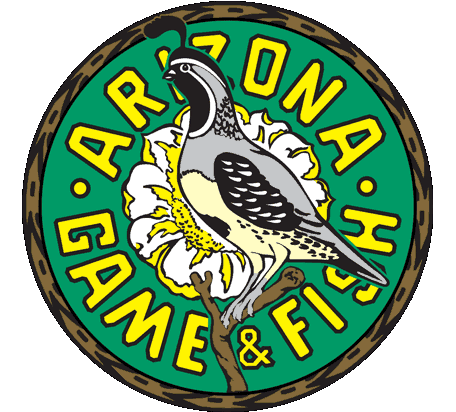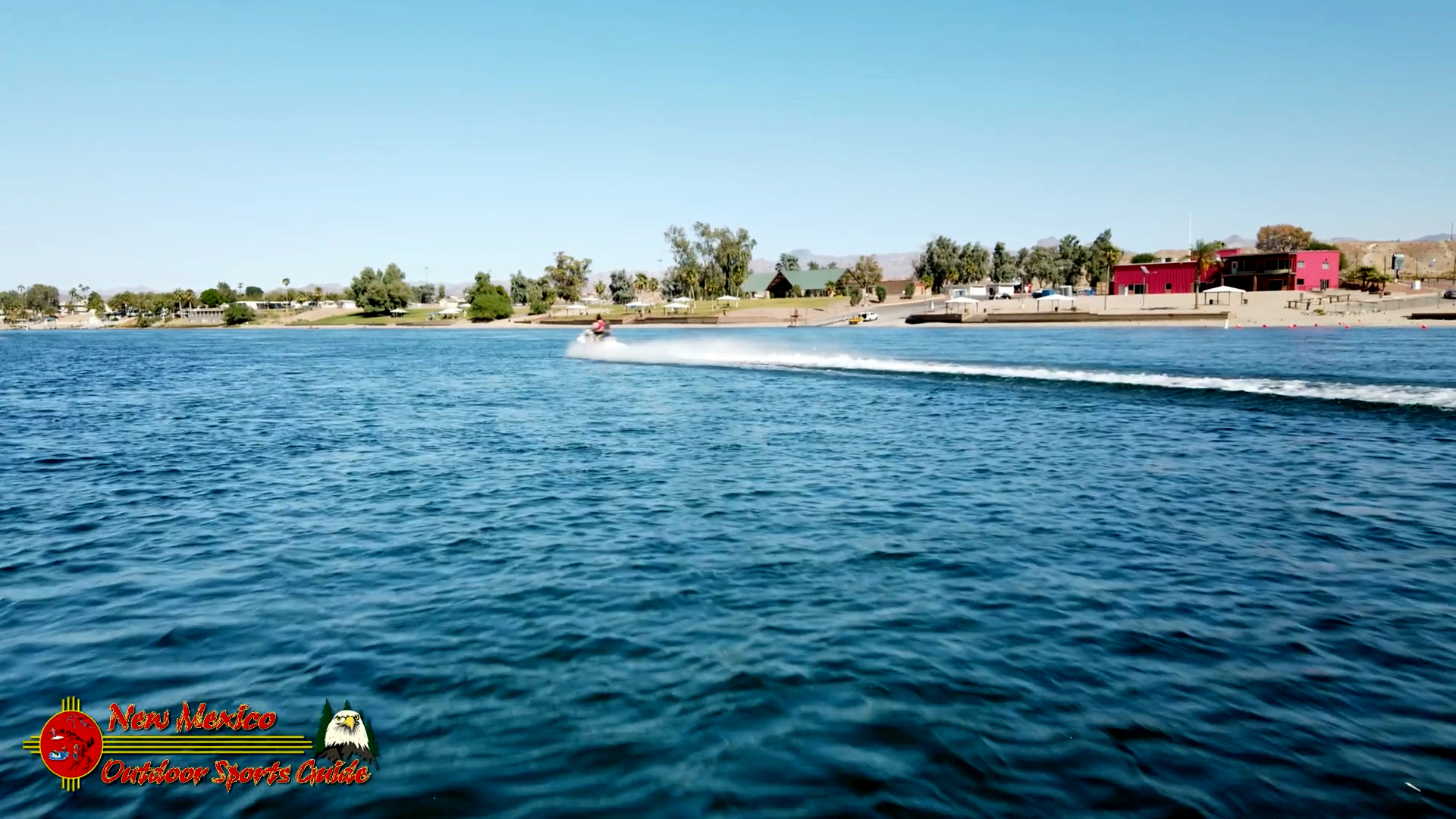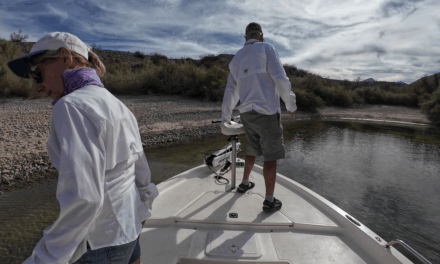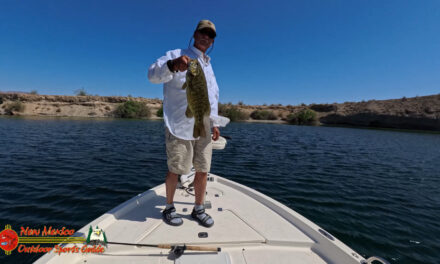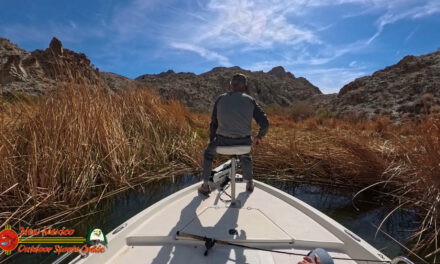As the Northern Arizona boating season comes to an end and many people prepare to stow their watercraft until next spring, now is the time to inspect all life jackets and safety equipment.
“Before putting your boat or watercraft away for the next several months, you should provide an overall mechanical and safety inspection of your watercraft,” said Josh Hoffman, Arizona Game and Fish Department Boating Safety Education coordinator. “This allows watercraft owners an opportunity to look for anything out of the ordinary that may need repairing ahead of next year’s boating season and a chance for people to take stock of their safety equipment.”
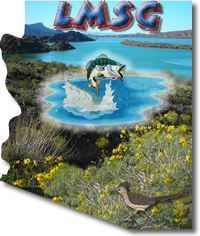 To ensure your watercraft is properly stored for the season, owners should consider performing the following inspections:
To ensure your watercraft is properly stored for the season, owners should consider performing the following inspections:
1. Life jackets
Inspect them for any rips, tears, mold, mildew and/or worn areas. Also check to see whether the label is still readable, then store in a dry location away from moisture. The Coast Guard also recommends that vessel owners and operators inspect their Type 1 unicellular plastic foam lifejackets for potential indications of failure or degradation, compression, loss of resiliency or any shrinking over time.
2. Fire extinguishers
Check the fire extinguisher to ensure it is sufficiently charged. If not, make a note to recharge or replace it before the next boating season or your next trip to the lake.
3. Clean, drain and dry your boat
As every watercraft owner should do every time they leave the lake, everyone must pull their vessel’s drain plug, dry and clean their hull. Doing so helps to prevent the spread of aquatic invasive species, including mussels.
4. Inspect propellers and hull
Ensure propellers are free of dings, pitting, cracks and distortion, and that they are secured properly. On the hull, inspect for blisters, distortions and cracks.
5. Check the fuel system, belts, cables and hoses
Check the fuel system for any leaks or damages. Give special attention to any fuel lines and connections. Damaged fuel hoses could either be cracked, brittle or soft. Also ensure the engine exhaust and ventilation systems are functioning properly.
As with fuel lines, inspect all belts, cables and hoses that may have been damaged during the season. Ensure belts are fitted tightly and that there are no cracks on the outer jacket of the throttle, shift and steering control cables.
6. Take a safety course
The department offers free courses in Phoenix and Lake Havasu City every month to provide water users the information and tips needed to stay safe while on the water. For more information on boating safety or to register for a hands-on or online safety course, visit www.azgfd.gov/boating and click “Boating Safety Education.”